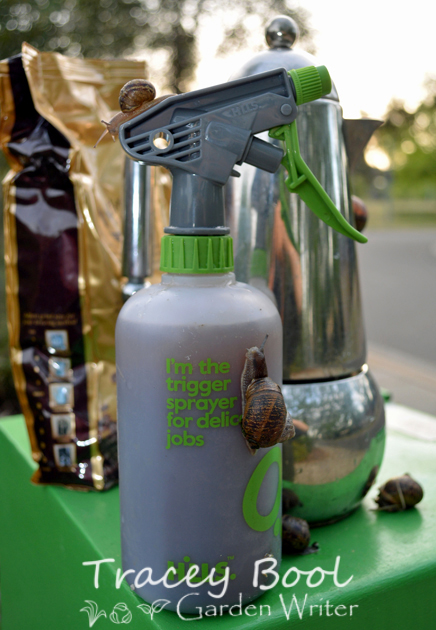|
Prevention is Better than Cure:
Handy Organic Sprays (20 November 2014) Yes, it is true, anticipating and preventing common pest and disease problems before they arise or become troublesome is easily the most efficient and sustainable way to grow productive plants. Doing so reduces or even eliminates damage to your crops, and in the case of diseases, prevents it spreading further afield. The following are two simple pest and disease preventative measures/remedies made from common kitchen ingredients: For snails and slugs: Mix one part espresso coffee (not that instant stuff as caffeine content is inadequate) with ten parts water and apply to plants and areas snails frequent. Ensure good coverage including tops/undersides of foliage, and also plant stems. Caffeine makes short work of our slimy foe, so clearly they don’t have a strong history of café culture as us human folk do. Re-apply after heavy rain and don’t apply during the heat of the day to avoid burning foliage. For powdery mildew on cucurbits (zucchini, pumpkin etc.): Mix one part organic milk with ten parts water and apply to all parts of plant including undersides of leaves and stems. Avoid applying in the heat of the day as it could burn the foliage. Re-apply after heavy rainfall. Stick to the suggested quantities as using more milk can cause sooty mould. Adopting organic measures such as these, along with a holistic approach to gardening (creating and maintaining garden diversity, building healthy soils etc.,), will have you growing robust plants and veggies bursting with flavour and nutrition. |

